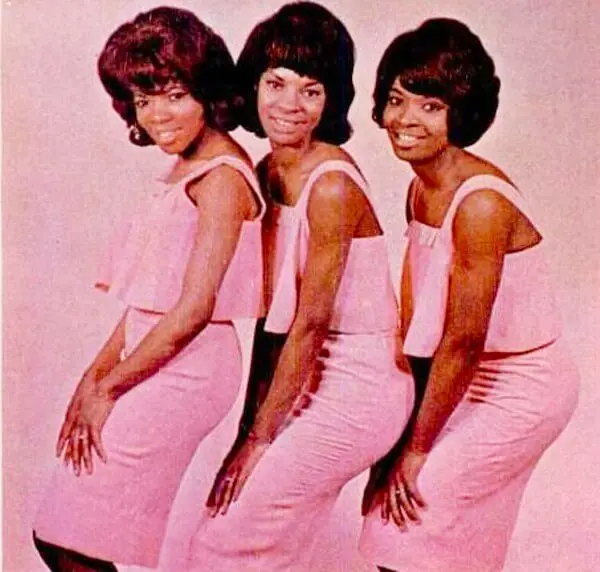Martha & The Vandellas – Dancing in the Street



“Dancing in the Street” is a composition credited to Marvin Gaye, William “Mickey” Stevenson, and Ivy Jo Hunter. Initially gaining popularity in 1964 through Martha and the Vandellas’ rendition, the track secured the second position on the Billboard Hot 100 chart and reached number four on the UK Singles Chart. It stands as one of Motown’s iconic songs and represents the pinnacle of the group’s musical identity. The Mamas & the Papas covered the song in 1966, achieving a modest ranking of No. 73 on the Hot 100. In 1982, Van Halen’s cover climbed to No. 38 on the Hot 100 and No. 15 on the RPM chart in Canada. A 1985 duet by David Bowie and Mick Jagger reached No. 1 in the UK and No. 7 in the US. Numerous artists, including The Kinks, Tages, Black Oak Arkansas, Grateful Dead, Little Richard, Myra, and Karen Carpenter, have also covered this iconic tune.
The inaugural version of “Dancing in the Street” by Martha and the Vandellas was produced in 1964 by William “Mickey” Stevenson, released as a single under the Gordy Records label. Stevenson, Ivy Jo Hunter, and Marvin Gaye collaborated in writing the song. The track encapsulated the idea of revelry in any city where the listener resided. Stevenson drew inspiration from observing people in Detroit finding relief from the summer heat by dancing in water from opened fire hydrants. The song’s inception involved Stevenson presenting a preliminary version of the lyrics to Gaye, who initially perceived it as a ballad. Gaye suggested a more danceable approach, leading to a collaboration with Stevenson. Kim Weston was initially considered for recording, but Martha Reeves, upon her arrival at Motown’s Hitsville USA studios, became the chosen artist.
Reeves initially found the song too repetitive, a sentiment shared by Gaye and Stevenson. To enhance the musical composition, Motown songwriter Ivy Jo Hunter was brought in. Reeves recalled Gaye recording the song with a romantic tone, envisioning it as a lover’s serenade. However, Reeves envisioned the song in the context of block parties and Mardi Gras, prompting her to request a different interpretation. The song was recorded in two takes, with the writers ensuring the inclusion of Detroit in the lyrics with the line: “Can’t forget the Motor City.”